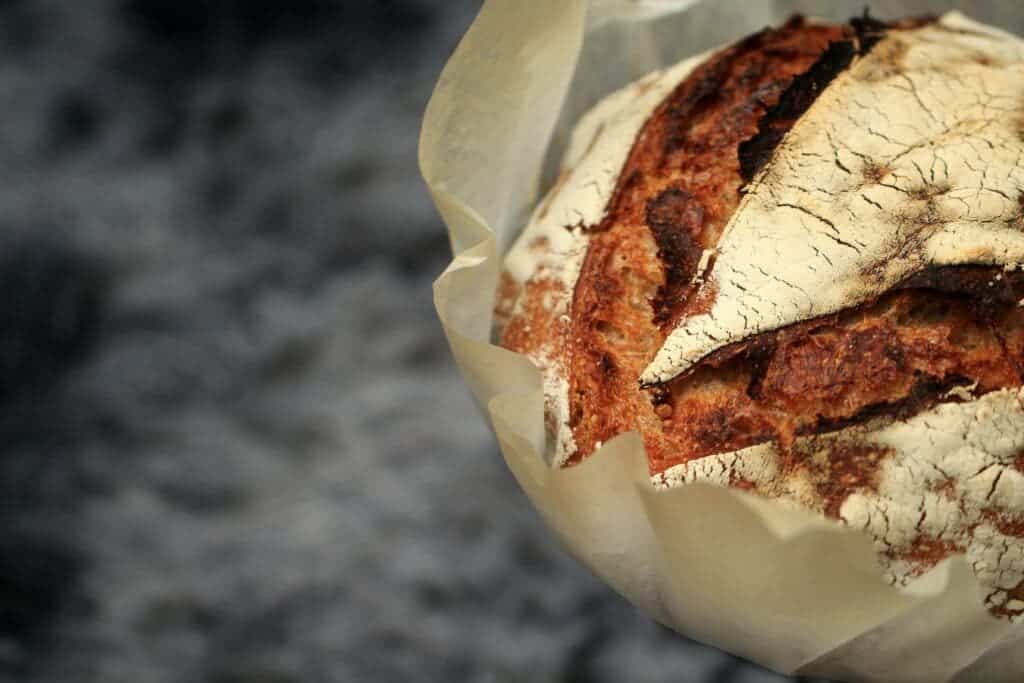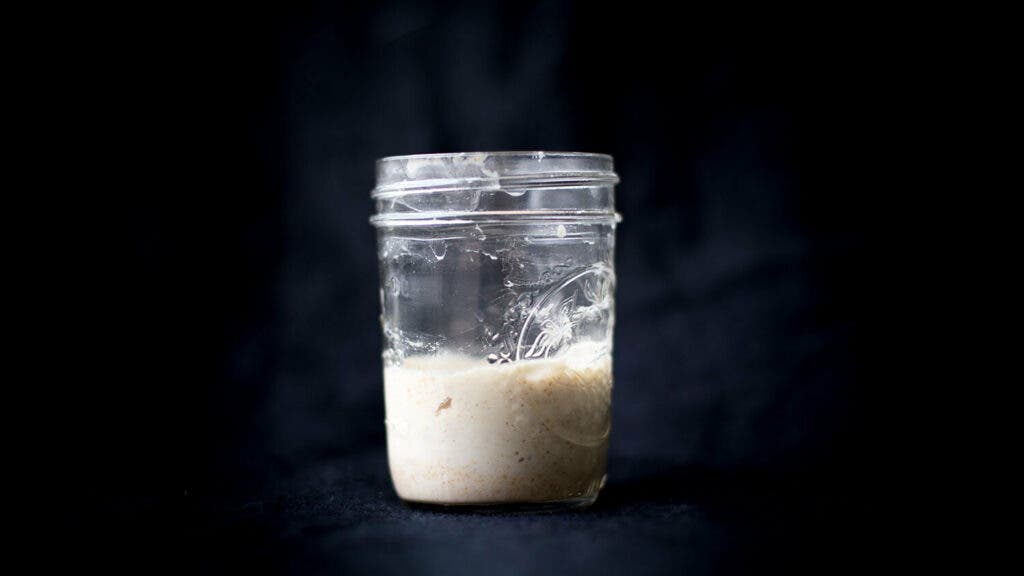When the pandemic started, sourdough bread boomed almost overnight. Stuck inside their homes, many turned to this comforting ancient craft and baked, at least for a while, delicious sourdough bread.
There’s a deceptive complexity to this craft, however. In a new study, scientists mapped the microbial life of sourdough starters in unprecedented detail and confirmed two things: sourdough starters really are different from one another — but despite this, you can make delicious bread regardless of where you are on the globe.
“This is the first map of what the microbial diversity of sourdoughs looks like at this scale, spanning multiple continents,” says Elizabeth Landis, co-lead author of the study and a Ph.D. student at Tufts. “And we found that where the baker lives was not an important factor in the microbiology of sourdough starters.”

Breaking bread
Sourdough is by no means a new thing. In fact, it’s been used by human populations for thousands of years. In 2019, one researcher even baked a loaf of bread from a 4,500 year-old-yeast from ancient Egypt. “Humans have relied on sourdough starter microbial communities to make bread for thousands of years”, the authors of the new study now write.
Sourdough is essentially slow-fermented bread that doesn’t need any commercial yeast to rise. Instead, it uses a live fermented culture — a sourdough starter — which acts as a natural leavening agent.
The yeast you normally buy in stores is a dried-out version of a naturally occurring one. This commercial yeast makes bread rise faster, which some (especially the sourdough lovers) say makes for a less tasty bread. We have no idea if that’s true or not, and we’ll leave the sourdough taste debate for another time. But what we do know, thanks to this recent study, is that there don’t seem to be that many geographic patterns in sourdough diversity.
The study gathered over 500 sourdough starter kits from a network of scientist bread-bakers. The researchers looked at the microbial communities in these starter kits and how they differ from place to place.
“We didn’t just look at which microbes were growing in each starter,” says Erin McKenney, co-author of the paper and an assistant professor of applied ecology at North Carolina State University. “We looked at what those microbes are doing, and how those microbes coexist with each other.”

The samples came mostly from Europe and the US, although there were samples from Australia, New Zealand, and Thailand as well. Although sourdough has been around for such a long time, it’s not been studied formally all that much.
“There have been quite a few small studies on microbial ecosystems in sourdough,” says Benjamin Wolfe, co-author of the study and an associate professor of biology at Tufts University. “We think this is the first large-scale study, building on all of that previous work.”
The team started by carrying DNA sequencing on all the samples, selecting 40 samples representative of the different sourdough populations they observed. Then, they assessed these 40 samples in three ways.
First, researchers asked a panel of expert professionals ‘sniffers’ (yes, apparently that’s a job) to assess each kit’s aroma profile. They then assessed the chemical qualities of each set, determining the elements that give rise to individual aromas. Lastly, they measured how quickly each of them would rise.
Geography doesn’t matter
The first thing that struck researchers is that the sourdough kits were indeed different — but not in the way conventional wisdom would have it. Most bakers believe every sourdough starter is affected by geography, but that doesn’t really seem to be the case.
“In sharp contrast with widespread assumptions, we found little evidence for biogeographic patterns in starter communities,” the study reads.
Instead, variations in both dough rise rates and aroma were explained by acetic acid bacteria — a group of sourdough microbes largely ignored. Factors often discussed among bakers as important for sourdough turned out to not be that important.
It’s not just one thing, researchers say — it’s a lot of little things.
“Lots of bakers felt sure that specific factors were responsible for variation between types of sourdough,” McKenney says. “But what we found is that, while there could be tremendous variation between the microbial ecosystems of different sourdoughs, we could not find any single variable that was responsible for much of that variation.”
“What we found instead was that lots of variables had small effects that, when added together, could make a big difference,” says Angela Oliverio, co-lead author of the study and a former Ph.D. student at the University of Colorado, Boulder. “We’re talking about things like how old the sourdough starter is, how often it’s fed, where people store it in their homes, and so on.”
The shortcoming of this study is that it’s observational — it enables researchers to look at correlations, but it can’t tell us which microbes are responsible for which characteristics. If they want to analyze this in greater detail, “a lot of follow-up work needs to be done”, Wolfe concludes.
Journal Reference: Elizabeth A Landis et al. The diversity and function of sourdough starter microbiomes, eLife (2021). DOI: 10.7554/eLife.61644


